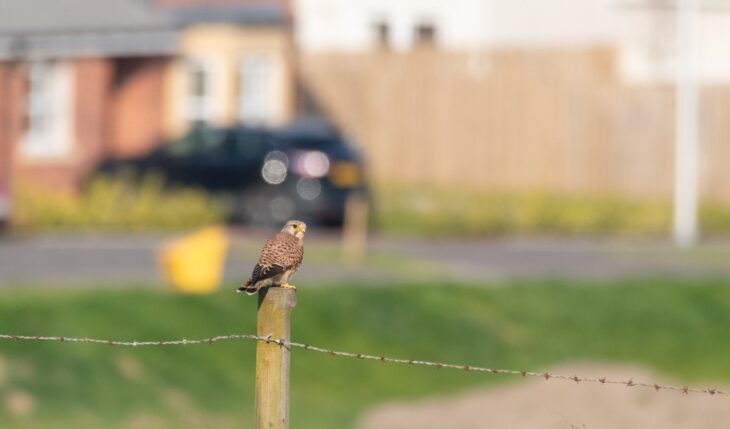The National Planning Framework 4 (NPF4): revised draft was published on 8 November 2022 and sets out a plan for Scotland to create sustainable, liveable and productive places to improve people’s lives.
Overall, the Trust welcomes the refinements we see in the NPF4 revised draft.
On reviewing the document, we are pleased to see that there is ambition for biodiversity to be enhanced and better connected through nature networks. Our work with the Edinburgh Living Landscape project has demonstrated that a partnership approach to large scale ecosystem restoration is an effective way for protecting nature whilst engaging with communities.

Strategic planning for nature is vital if we are to be able to deliver nature-based solutions to not only address our climate emergency but a whole host of other problems we face, such as our mental health crisis.
We also welcome additional protections for woods and trees, this is encouraging to see.
However, to achieve an NPF4 which truly delivers “transformational change” the use of “should” needs to turn to “must” for planning Authorities and developers to protect nature. Simply put, if we do not do things differently regarding our expectations for the natural environment, we cannot reasonably expect NPF4 to learn from previous frameworks and deliver the transformational change required. If necessary, this must be backed up with legislative changes.
We need to be clearer about what we mean by “positive effects for biodiversity”, we can’t manage what we don’t measure and we must be very wary of claiming positive effects without strict obligations to first of all work out what biodiversity is being lost.
?Ideally, the NPF4 needs to have legislative changes made for it to be effective at addressing Scotland’s biodiversity crisis.
?Bruce Wilson, Head of Policy and Advocacy, Scottish Wildlife Trust
